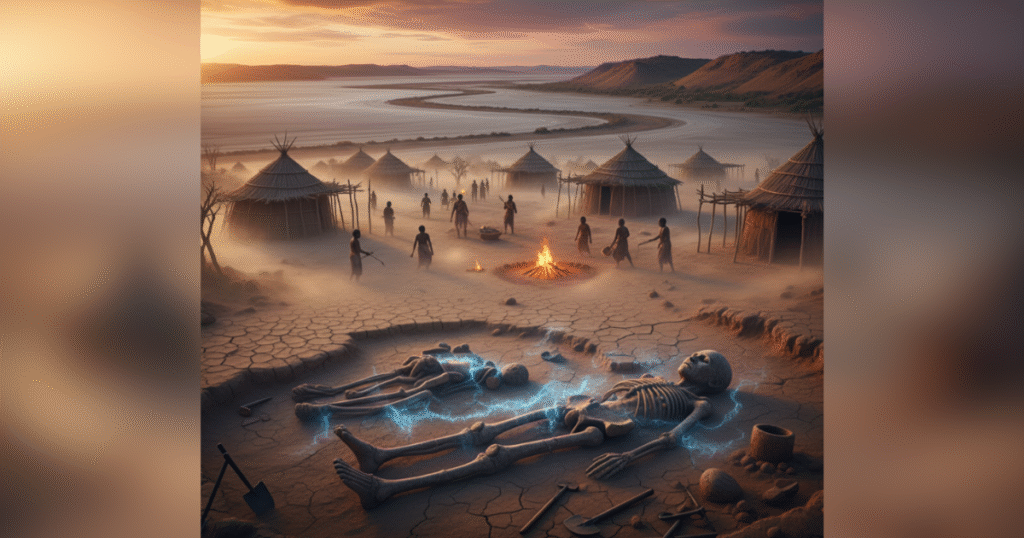People still talk about Lake Mungo sometimes. Its this dry spot out in the Australian outback, you know, holding onto one of the biggest finds in human history. Way back, long before any Europeans showed up, there was this ancient life going on there. The remains of Mungo Man and Mungo Lady turned up, and they date to over 40,000 years ago. That discovery basically flipped the whole story of how people got to Australia. It showed that the First Peoples there have one of the longest ongoing cultures anywhere on the planet.
Back in 1968, a geologist named Jim Bowler was poking around the dunes by the old lakebed. He found these cremated bones of a woman. They called her Mungo Lady later on. The way she was buried, with the bones burned and smashed up just so, it screamed ritual. You could tell there was some deep spiritual stuff happening even that far back.
Then, about eight years after that, Bowler hit on another big one. A full skeleton of a man, Mungo Man. Tests put him at around 42,000 years old. Thats one of the earliest modern humans found anywhere but Africa. Pretty huge deal.
Those finds shook up what everyone thought. Before, folks figured Australia only got people about 20,000 years ago. This pushed it back double that. And it highlighted how advanced the Aboriginal ways were, way before things like the Egyptian pyramids or Stonehenge even got started.
Mungo Mans grave was all planned out, ritual style. They covered him in ochre, that red earth paint thats still big in ceremonies today. So yeah, it means beliefs, art, whole social setups were already in place tens of thousands of years back in Australia. Kind of mind blowing when you think about it.
Lake Mungo sits in the Willandra Lakes area, which UNESCO calls a World Heritage spot. What you see now, all dry and empty, used to be full of water, fish, plants. Aboriginal folks lived there generation after generation. They hunted, gathered, told Dreamtime tales tying them to the place. Even when the water went away, they stuck around. Adapted to the dry times. Thats the toughness of their culture, never losing that connection to the land, or Country as they say.
In 2017, after years of scientists looking things over, they gave Mungo Man back to the local Aboriginal groups. For reburial. It was this big moment of fixing things, showing respect. Not just for some old bones, but for the living traditions that keep going.
The whole Lake Mungo thing goes beyond digging up bones. Its about how stories carry on, who people are, where they belong. It hits home that Australias real history kicked off way before 1788 and all that colonization mess. Were talking over 65,000 years of smarts, ways of life, and spirit right there in the land.


